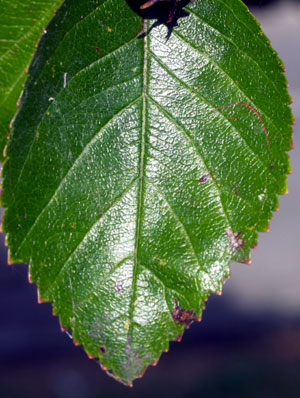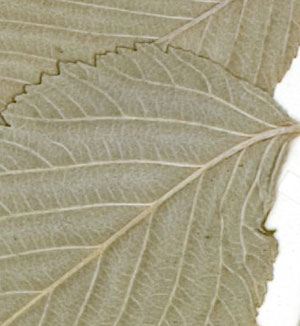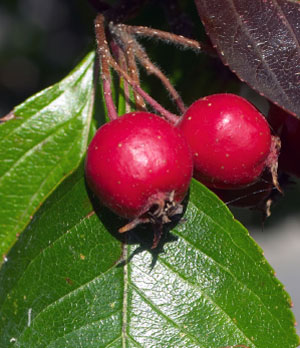Whitebeam
Whitebeam or Sorbus aria, sometimes known as chess apple, quickbeam, and white hazel. It blows to the Rosaceae family, which includes cherries, plums and almonds. The (common) Whitebeam is one of our native trees. It is a tree of hedgerows and chalk downland (and cliffs !). It tends to favour lime-rich, clay based soils. It is mainly found in the South. Localised pockets and ‘variants’ occur elsewhere, for example, around the Avon and Cheddar Gorge area. There is considerable diversity in form, and much discussion about the different sub-species and localised forms. The more unusual species tend to be polyploid; i.e. they have multiple copies of the chromosome set and reproduce by apomixis. Apomixis is a form of reproduction which does not involve the usual sexual system of gamete production through meiosis and subsequent fusion of dis-similar gametes. Seeds and fruits develop without pollination and fertilisation. Whitebeam is also found further north due to planting (in parks etc).
Leaf
/The whitebeam leaf is ‘oval’ with a distinctive white-green appearance. It has a serrated leaf edge (margin). When the leaves first appear, the surface is a silvery green, but as they age they become greener and darker though in Autumn they can assume a golden / russet colour. The white undersides of the leaves are particularly distinctive in Spring – the 'whiteness' being due to a dense layer of fine hairs.


Buds, Bark & Stem
The bark is quite smooth and grey (when the tree is young), darkening as the tree ages. The buds arise alternately along the twigs – they are green with reddish scales; and they 'grow out' from the stem. The tree may grow to a height of 15 to 25 metres, forming a dense crown which fills with upward sloping branches. It may live for some 70 - 80 years.
Flowers and Fruits

In the Spring, clusters of white / cream-coloured, scented flowers form. There are five petals to each flower. When pollinated and fertilised, these will turn into green and then red berry-like fruits (which contain black seeds). The berries are a favourite of birds, though less less fleshy / juicy than rowan / mountain ash berries.